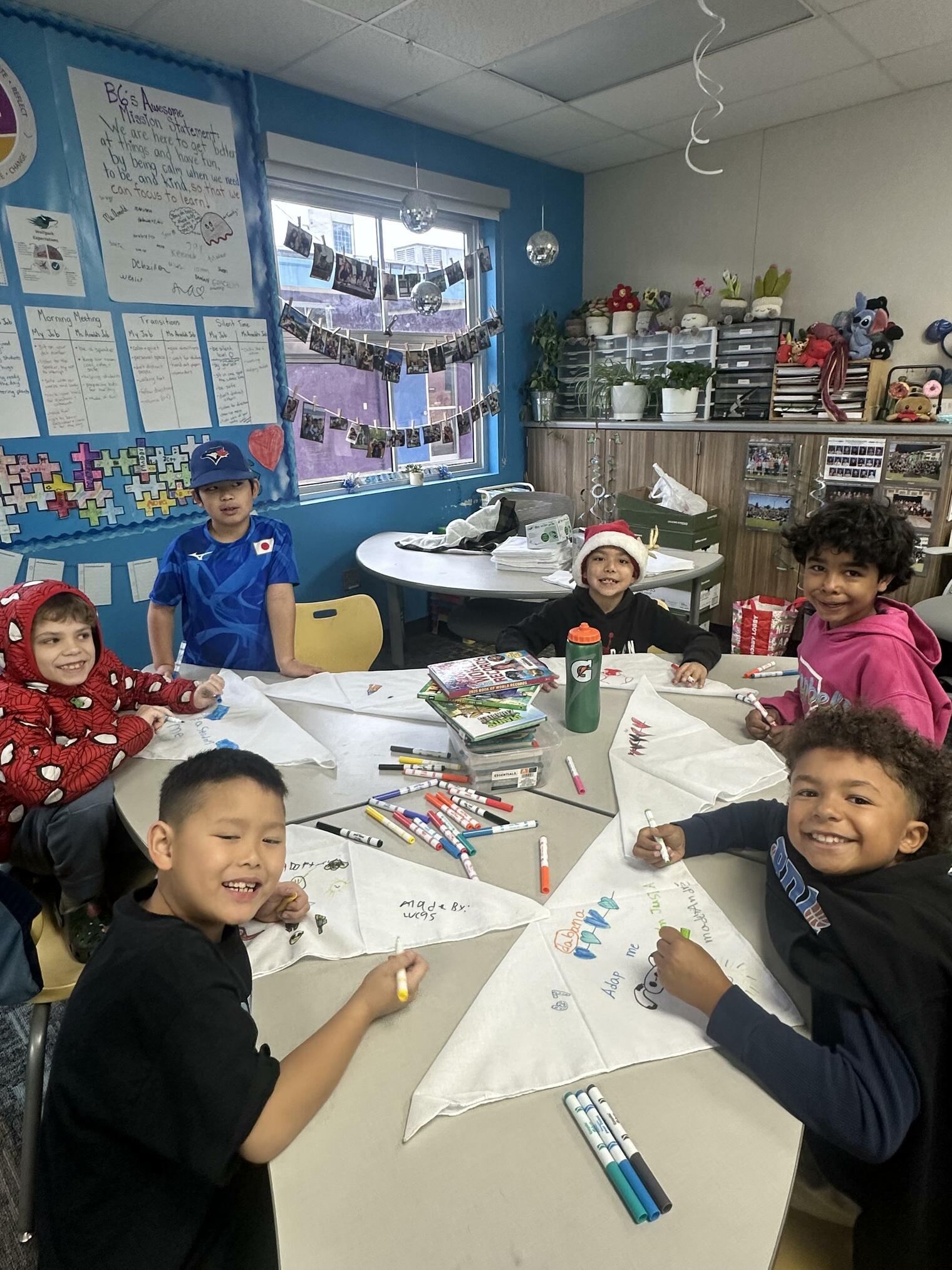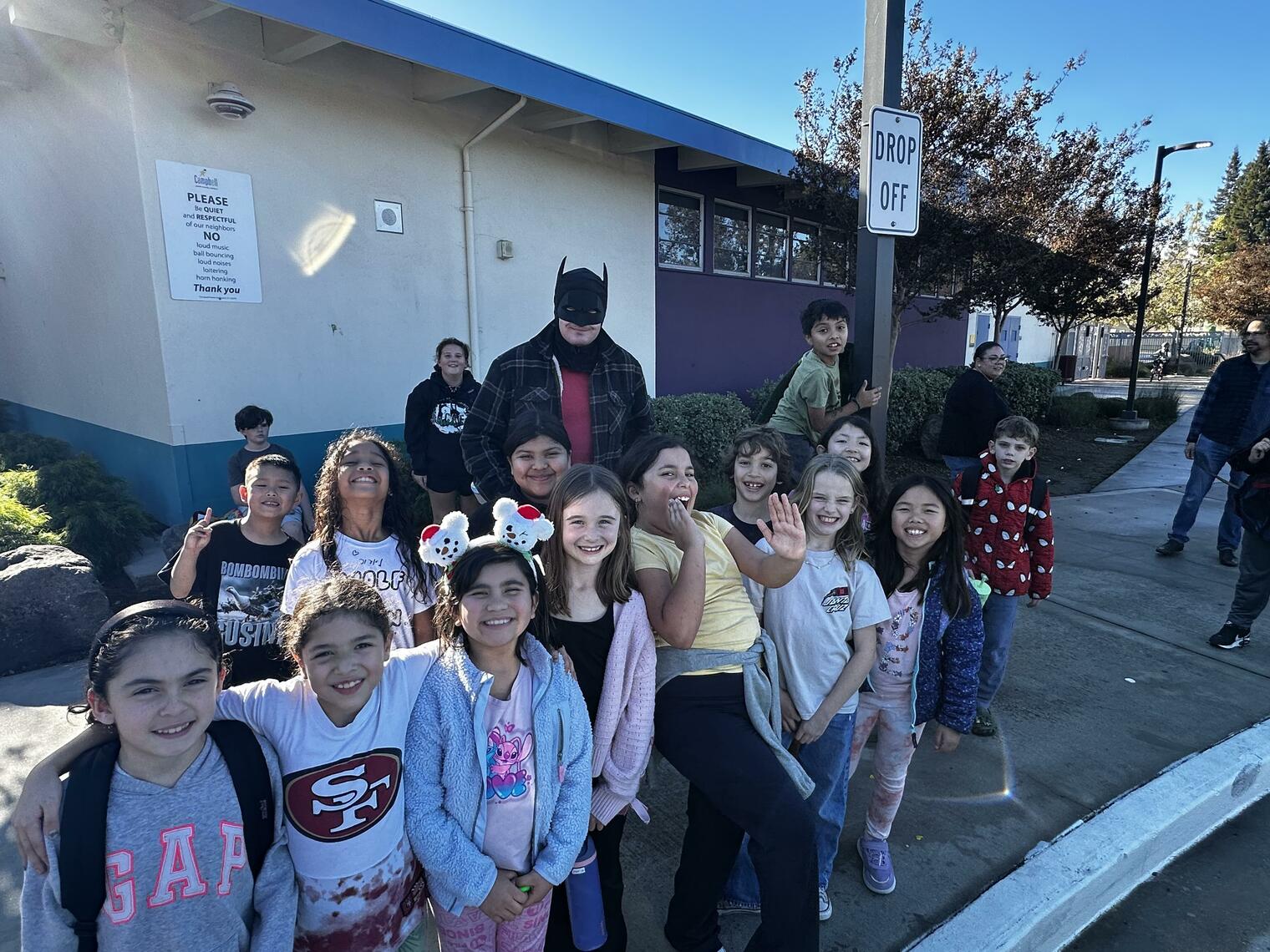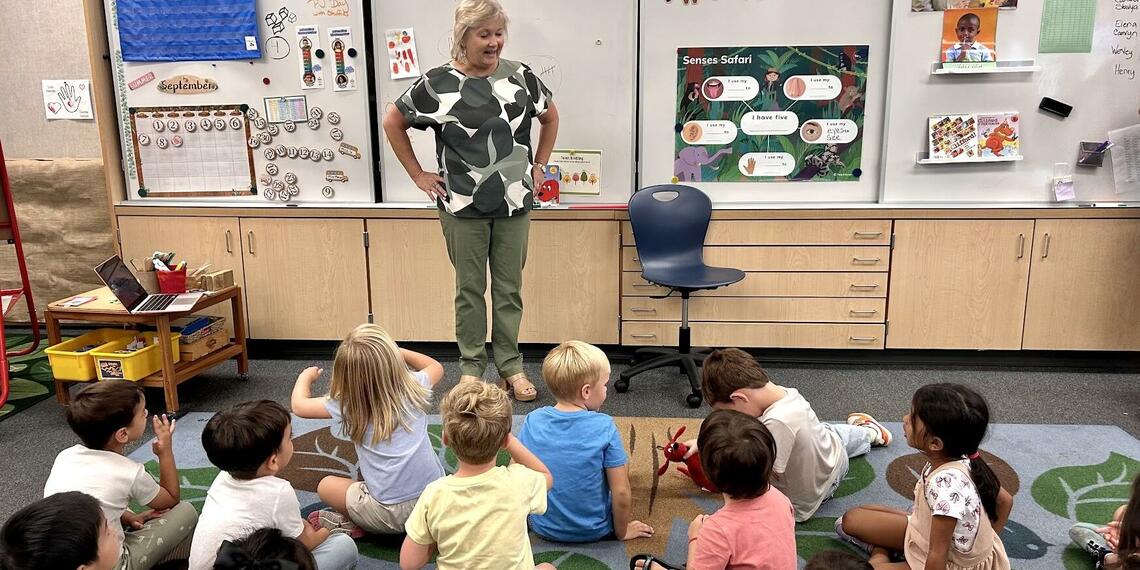CSI to present Disney's Alice in Wonderland
CSI and Monroe Middle School students in grades 6 to 8.
Online registration is open
Auditions on Tuesday, January 20th from 2:30 to 4:30 PM in our CSI Bistro.

Use the latest version of Firefox to print this page. Remember to set print settings to print background colors and images and make sure ignore scaling is not checked. Also, make sure "Page Headers" and "Page Footers" are all set to "--blank--."
This help text will not show up on the print.
CSI Bistro
Pescadero, CA, USA
CSI Bistro
CSI and Monroe Middle School students in grades 6 to 8.
Online registration is open
Auditions on Tuesday, January 20th from 2:30 to 4:30 PM in our CSI Bistro.

Nearly 400 parents, students and staff gathered on May 8th for a Campbell School of Innovation event where they could get acquainted, learn more about the new school, and sign up for committees and volunteer activities that interest them.
Principal Norma Jeanne Ready and the CSI staff greeted families and provided an update on the school's schedule, construction, and planning for enriching learning experiences using the design thinking process.
“We’re excited about the opportunities that CSI and design thinking can bring to all students in our district,” said District Superintendent Shelly Viramontez. “CSI offers an opportunity to be innovative in our instructional delivery to better meet the needs of today’s students and prepare them for the skills and habits required for their success in this yet to be defined future.”
More information will be provided to parents in the months leading to the school's opening on August 22nd.
January is National Staying Healthy Month. How are you establishing healthy habits?

Happy National Staying Healthy Month! We know that healthy habits started today lead to a lifetime of success for our students.
From the cafeteria to the classroom and the living room, here is how we are working together to keep our kids thriving.
Our Child Nutrition Services team promotes that "brain food" should be delicious and wholesome. We are proudly moving away from pre-packaged meals toward more scratch cooking.
By preparing meals in our own kitchens, we ensure our students receive:
Staying healthy also means keeping germs at bay. Our teachers are reinforcing the "Gold Standard" of hygiene: Handwashing.
We encourage students to wash their hands before eating, after recess, and after every sneeze.
At home, we encourage you to reinforce the handwashing practice by having your student sing "Happy Birthday" twice or the "ABCs" once while scrubbing with soap. It’s the perfect timer for a thorough clean!
In a digital world, balance is key. In honor of National Staying Healthy Month, we are challenging families to limit screen time outside of school hours. Reducing time on tablets and TVs helps:
A great school day actually starts the night before. Consistent bedtime routines are essential for school-aged children, who typically need 9–12 hours of sleep.
Try this simple "3-2-1" Routine:
Whether it's a family walk after dinner, a weekend bike ride, or simply dancing in the kitchen, physical activity is the best way to boost moods and immunity.
Thank you for being our partners in health.
Check out how our 3rd graders are changing the world!

Before the break, our third graders embraced the spirit of giving through a dedicated service day. Students completed a range of projects, including donating supplies to our unhoused neighbors and collaborating with local hero, "Batman of San Jose," who personally distributed the care bags. The day also involved writing letters and making ornaments for elderly community members and crafting bandanas to raise funds for a local animal shelter. We are inspired by our students' compassion and thrilled to partner with such dedicated community advocates! Take a look at some of our third graders in action!




Tips for planning for the new year and finishing the school year strong.

We hope everyone had a wonderful winter break, filled with joy, rest, and memory-making opportunities. Now that the new year has arrived, it’s time to step into the new year with fresh energy and get ready to finish the second half of the school year strong!
January is a nice opportunity to start fresh. The new year is a great time to help your student establish new habits and intentions that help us grow.
Conversation starters may include: Have you thought about what you want to achieve before summer? Maybe your student’s intention is to read a few extra books each week, to practice their math facts every day, or be a more helpful friend on the playground. Setting a goal, big or small, leans into our continuous improvement work and can make learning even more fun and helps your student discover talents they didn’t know they had!
As we kick off this new semester, there is one habit that makes the biggest difference of all: consistent attendance. Being in class every day is about more than just checking a box. It’s about being part of the classroom community, participating in hands-on science experiments, and making sure your student doesn’t miss that "aha!" moment when a new concept finally clicks. When students are here, they are learning, socializing, and building the momentum they need to succeed. Let’s make it our collective goal to show up ready to learn every single day!
While the first half of the year was great, the second half is where the magic really happens! We have a calendar packed with activities that celebrate our students' hard work and creativity. Keep an eye out for:
It is going to be a busy, productive, and joyful few months. Let’s make this the best semester yet!